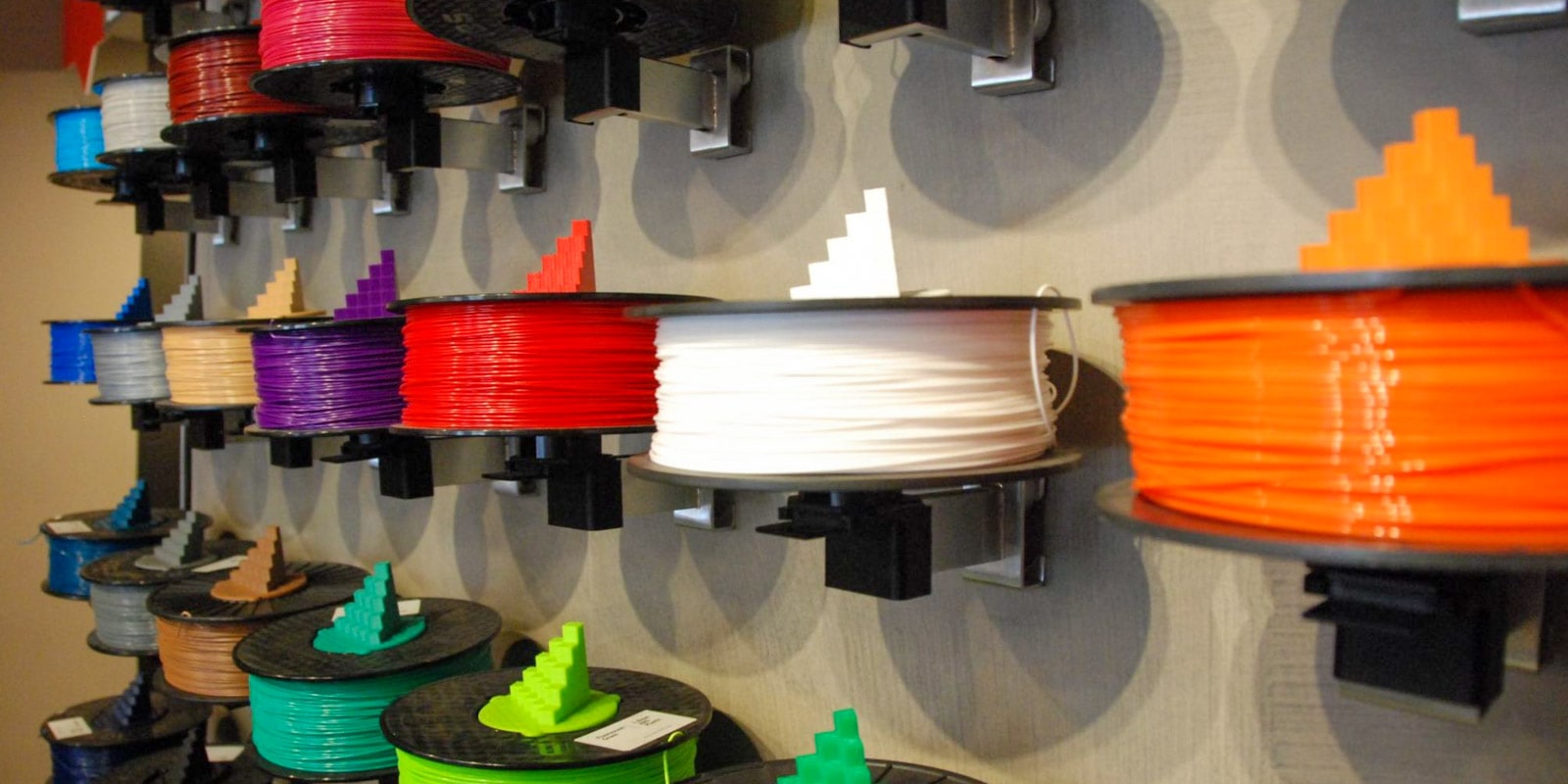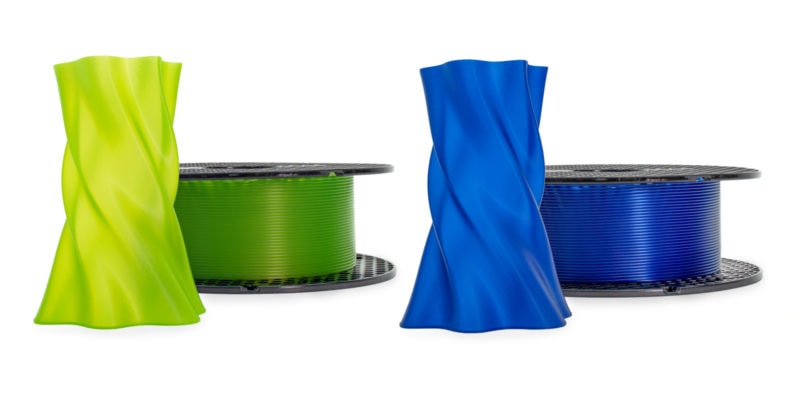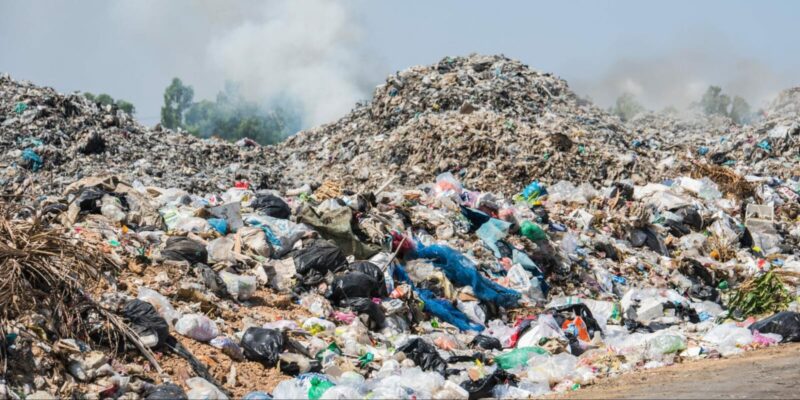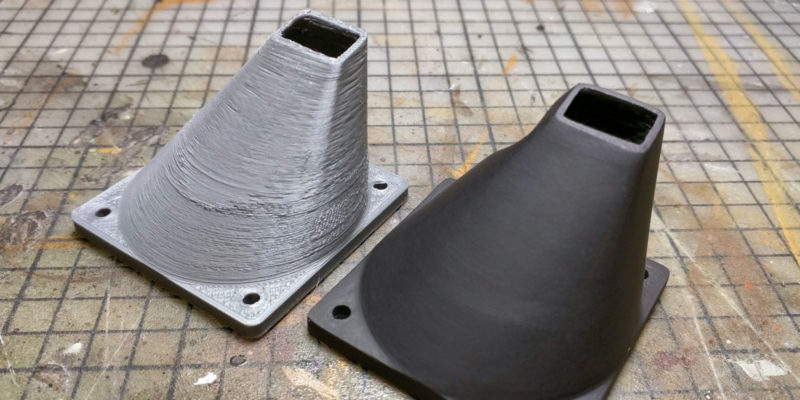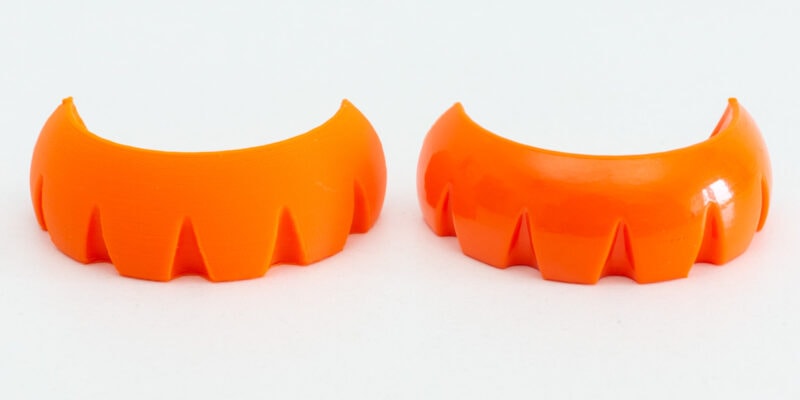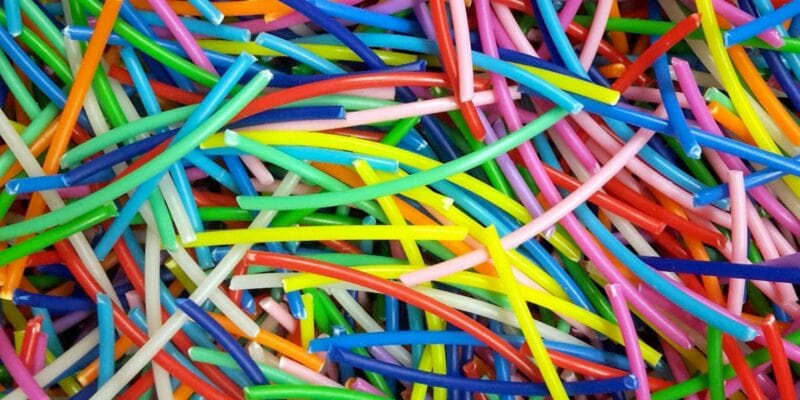Do you have a spool or two of PLA filament that hasn’t seen the light of day in a year or two (or five)? If so, you may be asking yourself: does PLA filament go bad?
If you’ve already checked the label for an expiration date, you probably didn’t find one. But don’t let that fool you—PLA has a limited lifespan and the end of it comes sooner for some spools than others.
Yours may still have some life left in it, regardless of how long it’s been MIA from the 3D printer. And if it doesn’t, you may still be able to coax a little more time out of it.
Let’s take a look at PLA’s average shelf life, what you can do to prolong it, and how to revive PLA that’s already past its prime.
Does PLA Filament Expire?
Like all plastics, PLA (Polylactic Acid) degrades over time. In fact, PLA is biodegradable in ideal conditions. As a 3D printer filament, its shelf life is even shorter. While the suggested use-by date varies from brand to brand, most PLA filament has a lifespan of less than a year after opening.
Factors That Affect PLA Longevity
Several things affect the shelf life of PLA 3D printer filament. These are good to keep in mind if you’re trying to get the most working time out of your PLA.
Moisture
As a hygroscopic plastic, PLA filament absorbs moisture from the air. PLA doesn’t break down much in water, but the presence of it in 3D printer filament does affect print quality significantly.
When you print with wet filament, the excess moisture in the filament escapes as water vapor from the hot end during the print process. This leaves gaps, bubbles, and other imperfections along the surface of the print and can damage the printer nozzle or internal hot end parts.
Hydrolyzed filaments result in more failed prints than when printing under normal conditions, and produce weaker prints overall. The current working theory is that moisture changes the composition of the PLA as it is absorbed, changing the physical properties of the filament.
Temperature
PLA is not considered temperature resistant. Its glass transition temperature is around 60°C, but it can warp or deform at much lower temperatures. PLA easily loses its structural integrity in a hot car, but even sitting in direct sunlight can sometimes be enough to deform it.
This low temperature resistance is one of the reasons so many users (especially beginners) love PLA—it makes it easy to 3D print. You can get good results with a relatively low PLA bed temperature and nozzle temperature. However, this low temperature resistance can also significantly impact the durability of its 3D printing filament and the resulting prints.
UV Exposure
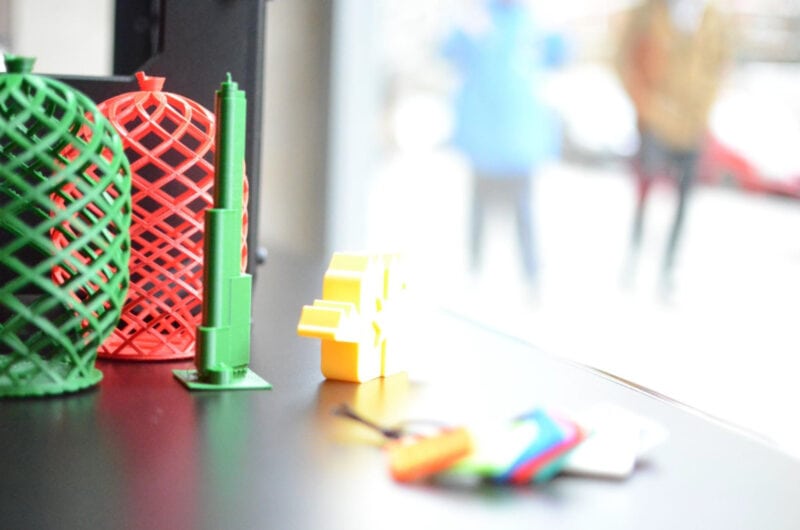
PLA’s reaction to UV exposure is a bit tricky. It’s not technically sensitive to UV light, so long-term exposure to sunlight won’t degrade its structure.
However, the dyes and added polymers inside most PLA 3D printer filaments don’t share the base material’s UV-resistant nature and will fade or deteriorate if left in the sun for too long. And as we pointed out above, the heat from the sunlight can also sometimes affect your filament’s longevity.
Brand, Types & Additives
As we mentioned above, the life of your PLA varies from one brand to another. Cheap low-quality filaments expire faster than premium brands. The best PLA filament brands use better materials in their products, and that creates a longer shelf life.
Certain additives can also affect how long your 3D printer filament will last. Even things like color can have a massive impact on both the quality and longevity of the spool since certain dyes can change the mechanical properties of the filament.
There are also many types of PLA filament for you to choose from. Some have been designed for better durability and longevity and will last longer.
How to Tell If PLA Filament Has Gone Bad
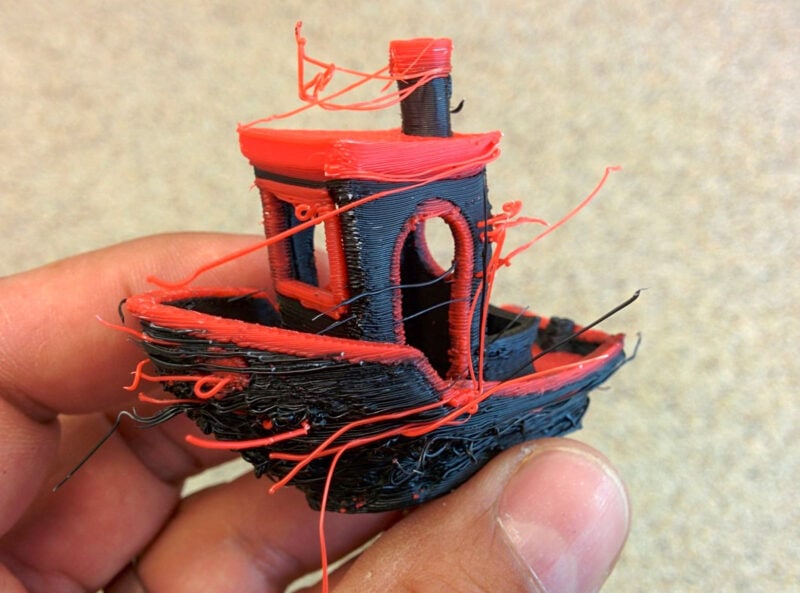
The easiest way to tell if your old filament is a little too far past its prime is brittleness. Healthy PLA 3D printer filament will bend back and forth several times before breaking. Expired filament will snap off easily. Brittle PLA is caused by UV exposure, moisture absorption, thermal deterioration, and mechanical stress from unspooling.
Another sign that your filament is not in good condition is if it bubbles, pops, or hisses during 3D printing. This is a sign that your filament has absorbed too much moisture, and the resulting issues are from the water evaporating in your nozzle.
Wet filament can put extra wear and tear on your nozzle and hot end, so it’s a good idea to dry filament before you continue to print with it.
Finally, expired filaments can make your printed PLA objects consistently lose strength, have increased mechanical failures, and have poor print quality. Your weak prints could be because the expired PLA has started to degrade or because of print issues like under extrusion from moisture.
How to Extend the Lifespan of PLA Filament
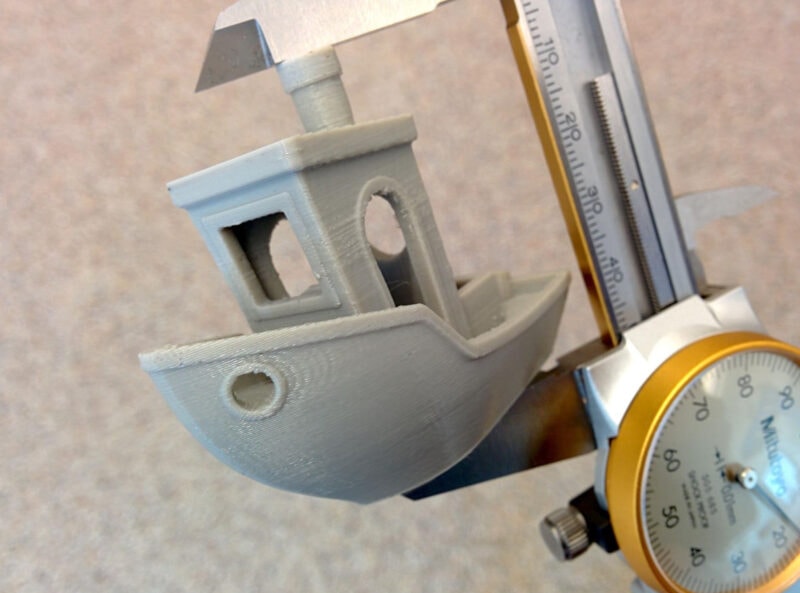
There are various methods to extend the working life of your 3D printer filament.
- Follow the manufacturer’s instructions for storage. In most cases, you’ll want to keep your spools in a cool, dry place until you are ready to use them. Avoid storing them in direct sunlight or in areas where the temperature and humidity levels shift regularly. A cool basement or garage are usually good options for this.
- Don’t open the spool until you are ready to use the filament. If you switch out colors or materials regularly, put them in airtight containers, a filament dry box, or a vacuum-sealed bag between uses. Adding silica gel to the container can help remove any excess moisture and keep the filament dry.
- Buy high-quality 3D printer filament from reputable sources. Not only will you have better 3D printing quality overall, but your filament will also usually be fresher, better packaged, and made from better materials than cheap low-quality brands. This all impacts when your filament will expire.
- If your filament absorbs water despite your best efforts, put it in a filament dryer. It will heat to just below its glass transition temperature and stay there for several hours. This may remove enough moisture to make it printable again.
How Long Does PLA 3D Printer Filament Last in Storage?
There is no official consensus on this. The shelf life of 3D printer filament depends on a variety of different factors. Even when stored properly in an airtight container, PLA can still degrade due to other external factors.
Are there temperature or humidity fluctuations in its storage area? Is it exposed to light? Are the silica packets replaced every six months or so? What brand is it? What color?
In decent storage conditions, it’s entirely possible for the filament to last for years. We’ve used unopened spools of PLA after three or more years with no noticeable loss of quality.
How Do I Know If My PLA Is Still Good?
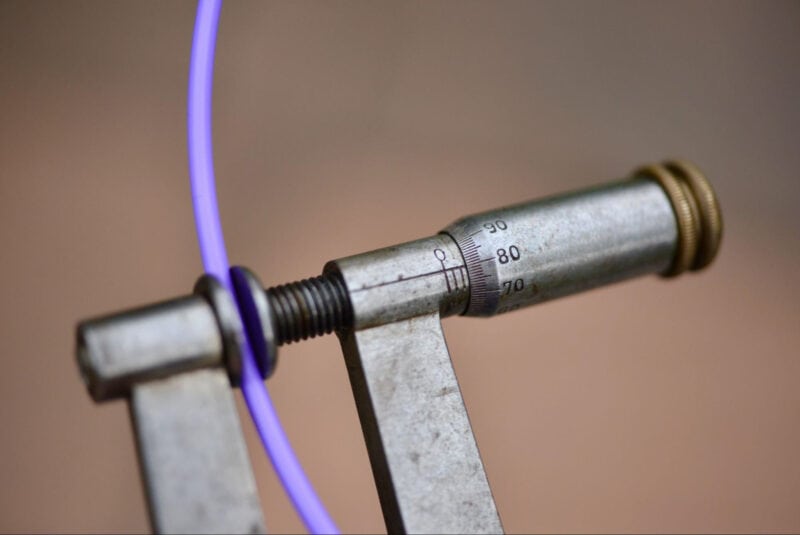
The most obvious sign of PLA deterioration is brittleness, so you can try to break off a piece of filament from the spool to see if it snaps. Most filaments won’t turn brittle all over, so it’s a good idea to unwind a meter or so of filament from the spool and break it off at varying lengths. If your filament bends several times before it breaks, it still has its flexibility and should be good to print with.
Even so, PLA 3D printer filament sometimes snaps due to tension when you straighten it out, so it’s not a foolproof method for testing PLA’s quality.
The only reliable way to test the condition of 3D printer filament is to use it. If you hear a sizzling or popping sound during printing, notice bubbling, gaps, and under extrusion on the surface of your print, then your filament is likely at the end of its lifespan and should be swapped out for a new spool. The same goes if your resulting prints are weak or if the PLA filament won’t stick to the print bed
Can You Revive Old PLA?
You can sometimes refresh an old filament spool enough to print with it. It depends on why it degraded in the first place and to what severity.
If it has taken on too much water, you may be able to remove enough of it by heating the filament roll. If it spent enough time in direct sunlight or warm areas to start degrading, there isn’t much you can do to revive it.
In the end, it is usually best to avoid expired filament. While it is not ideal to waste materials, it is a better alternative than damaging your 3D printer parts by trying to use low-quality and degraded filament or wasting time 3D printing a part that will most likely fail shortly after.
How Long Does PLA Last Outside?

Depending on its surrounding conditions, PLA can be a surprisingly durable outdoor material. Some 3D printing enthusiasts buried their prints to test manufacturers’ claims that PLA is a biodegradable plastic. To their surprise, they were able to dig up their PLA parts months or years later to find little to no noticeable PLA decomposition.
In more exposed environments, PLA will wear out more quickly. Direct sunlight can start breaking down the PLA if it heats the print enough, while UV exposure can weaken or discolor added polymers in the filament. Rain, humidity, and other absorbed moisture can exacerbate decay since PLA breaks down more easily with water if its thermal threshold of 50°C has been met.
Overall, PLA isn’t considered the best option for outdoor use due to its low heat resistance. While other 3D printing materials also have some disadvantages when used outside, an ABS or PETG filament is still more resilient to the elements than PLA.
Final Thoughts: Does PLA 3D Printer Filament Expire?
Like all 3D printing materials, PLA filaments do eventually expire, though its shelf life varies. PLA that has been left out in the open air to absorb moisture should be used within 3-6 months, while stored PLA can last at least 2-3 years in the right conditions.
But don’t worry—if you haven’t been careful about where you keep your filament, there are several things you can try to get it in shape for your 3D printer again.
Your PLA may be at the end of its working life if it breaks easily, sizzles while it’s 3D printing, or has a rough print surface. We recommend drying old filament in a filament dryer or using silica gel to prolong its shelf life. It may not fully restore your PLA to a brand-new state, but it’s easy to do and tends to have good results.
What’s the oldest filament you’ve successfully printed with? Leave a comment to let us know!
